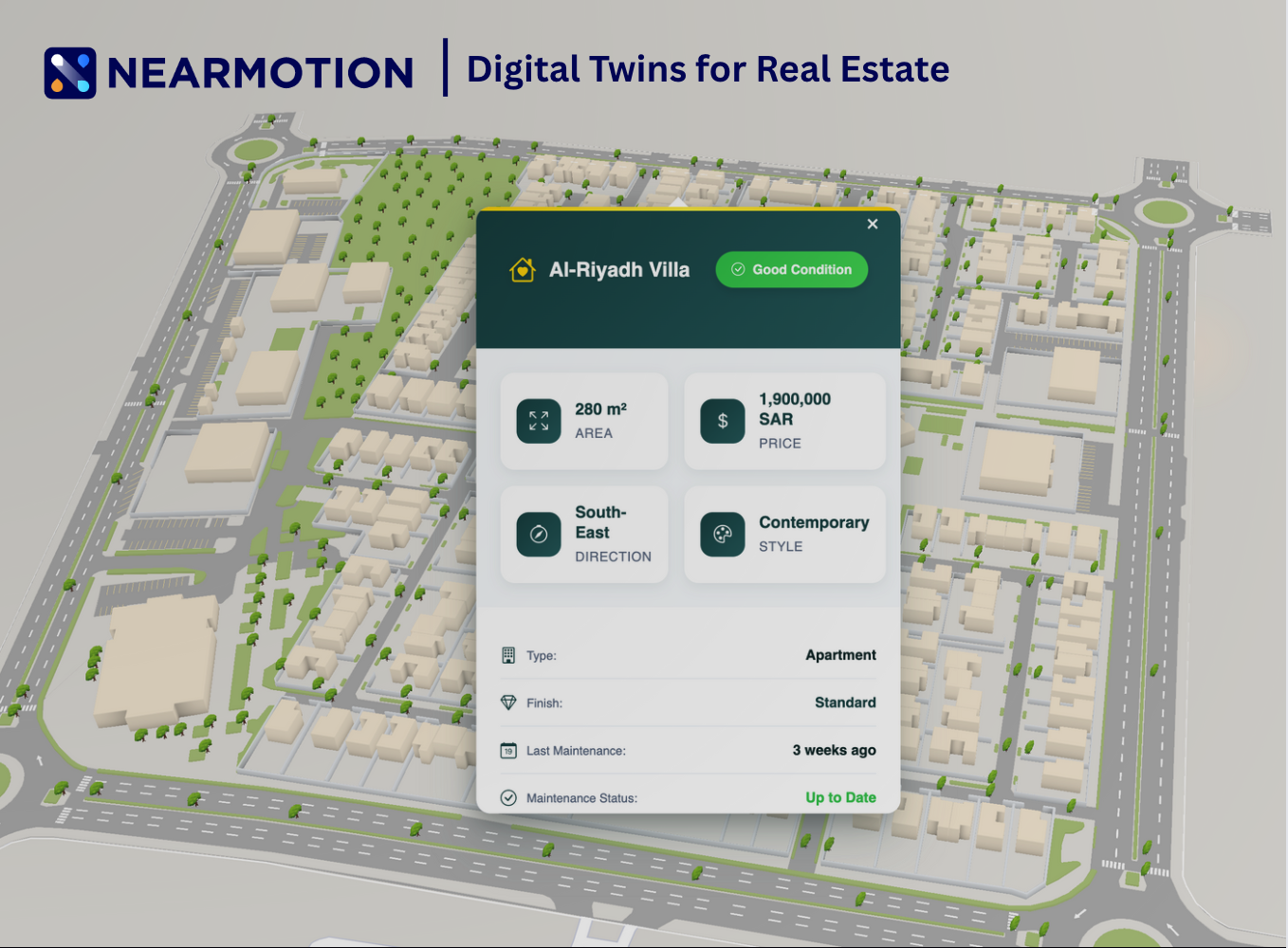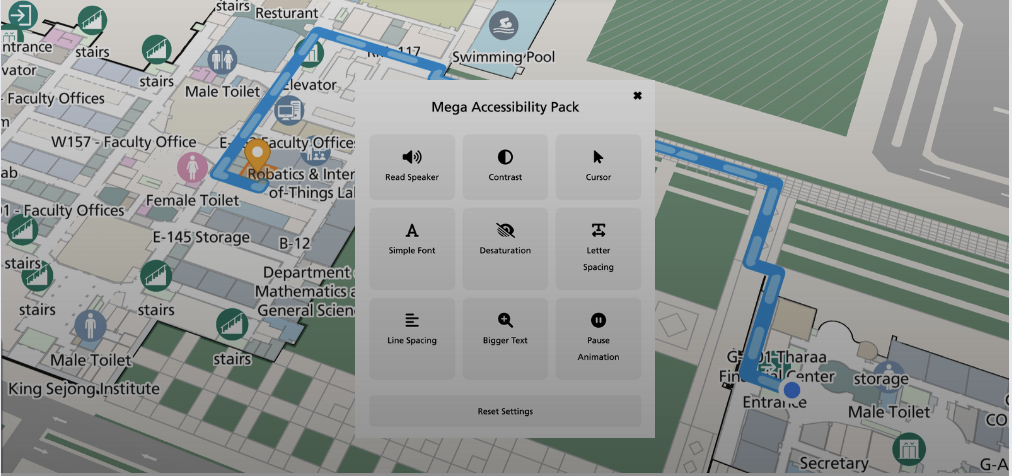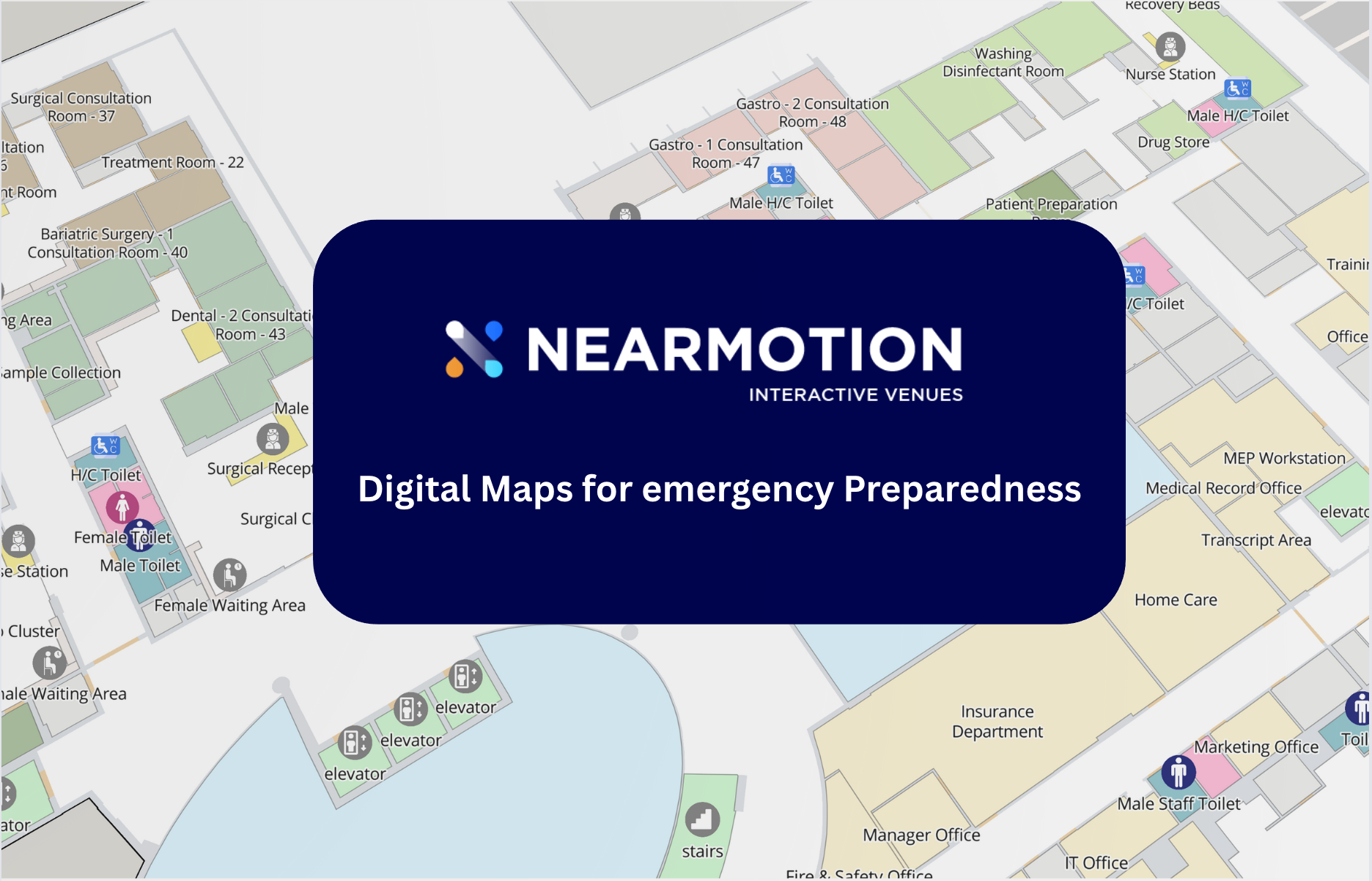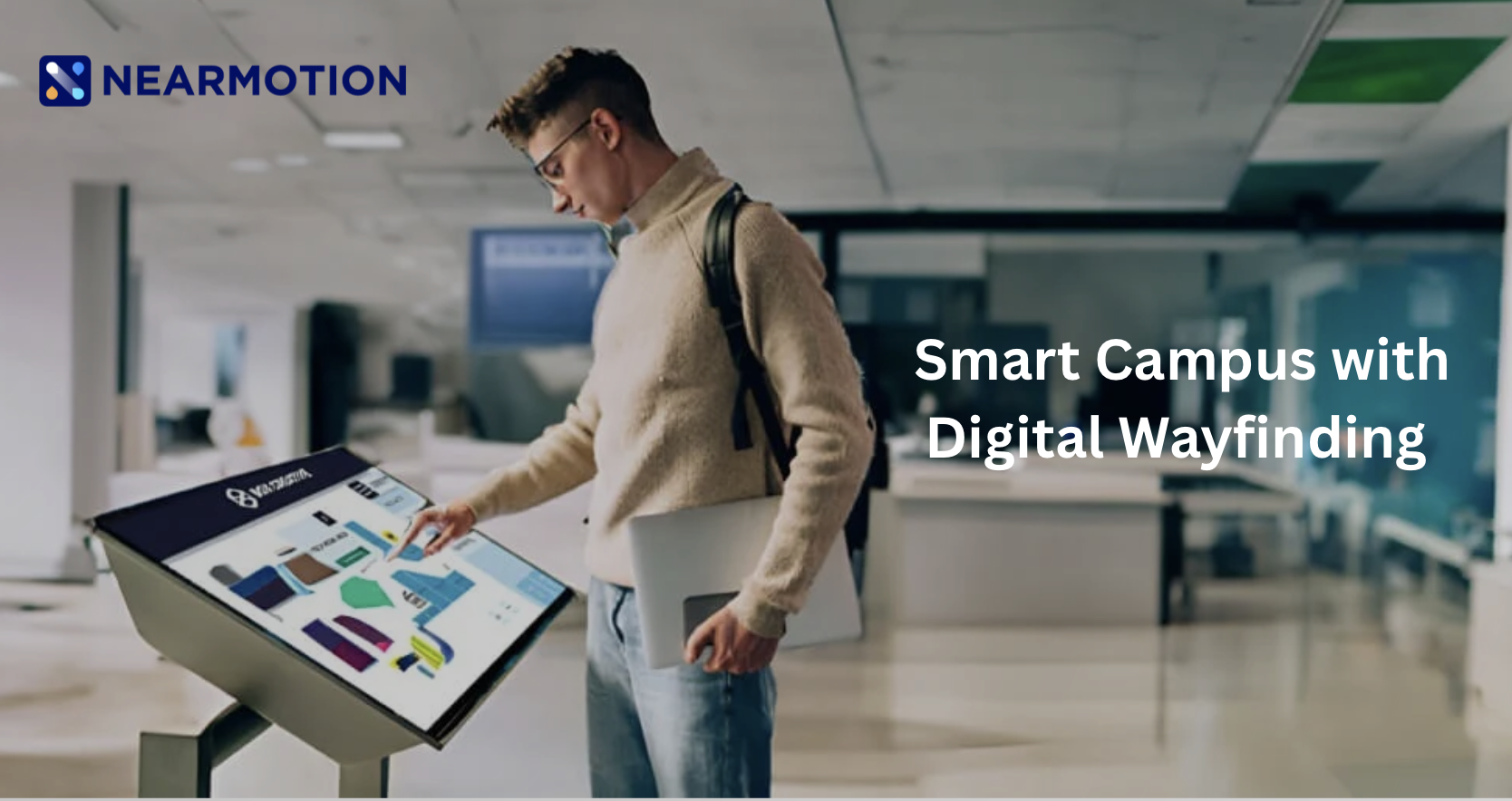The Rise of Digital Twins: Transforming Facility Management and Real Estate Experiences

In the evolving landscape of real estate and facility management, digital twins have emerged as one of the most transformative technologies of the decade. Once confined to manufacturing and aerospace, digital twins, virtual replicas of physical assets, buildings, or entire environments—are now redefining how property developers, owners, and facility managers design, operate, and enhance real estate assets.
From Static Buildings to Living Ecosystems
Traditional buildings have long been seen as static structures, constructed, occupied, and maintained within a fixed operational framework. But digital twins are turning that concept on its head. By integrating real-time data from IoT sensors, BIM models, and smart building systems, digital twins create a living, breathing digital counterpart of a property—one that mirrors its current condition, usage patterns, and performance metrics in real time.
This virtual representation allows stakeholders to visualize how a building is performing, predict maintenance needs, simulate changes before implementing them, and ultimately, create smarter, more sustainable environments.
Facility Management Reimagined
For facility managers, digital twins are a game-changer. They consolidate data from HVAC systems, lighting, elevators, energy meters, and occupancy sensors into a single dynamic dashboard. This integration enables predictive maintenance, identifying and resolving issues before they disrupt operations. For instance, if a chiller begins to show irregular performance patterns, the digital twin flags the anomaly and predicts when it’s likely to fail, allowing proactive intervention.
Energy optimization is another key advantage. Through real-time analytics, digital twins reveal inefficiencies and suggest actionable improvements, from adjusting temperature zones to reprogramming lighting schedules. Over time, this results in substantial cost savings and reduced carbon footprints, an increasingly vital metric for ESG-driven real estate portfolios.
Enhancing Tenant and Visitor Experience
Beyond operational efficiency, digital twins directly enhance the human experience within buildings. By integrating occupancy data and user feedback, facility managers can personalize environments, adjusting lighting, air quality, and space utilization to maximize comfort and productivity.
In commercial real estate, for example, digital twins can support wayfinding solutions, enabling tenants or visitors to navigate complex campuses effortlessly through AR-guided directions synced with the twin. For retail environments, they can model shopper flow and optimize layout designs to improve engagement and sales.
In smart residential developments, digital twins contribute to seamless living experiences, anticipating maintenance issues, enabling energy-efficient living, and providing homeowners with intuitive control over their smart homes through digital interfaces.
Smarter Decisions, Faster
Perhaps the greatest power of digital twins lies in their ability to simulate and forecast. Real estate developers and investors can test “what if” scenarios—predicting the impact of renovations, space redesigns, or sustainability initiatives before committing capital.
Imagine assessing how a new HVAC system will influence energy consumption or testing different tenant layouts for better natural light distribution—all in a risk-free digital environment. This capability not only reduces costs but accelerates decision-making, bridging the gap between design intent and real-world performance.
Building Toward a Sustainable Future
As global sustainability regulations tighten, digital twins are emerging as critical tools for compliance and reporting. They provide the data transparency needed to track energy use, emissions, and operational efficiency across entire portfolios. By creating feedback loops between physical assets and digital models, organizations can continuously refine strategies toward net-zero goals.
The Road Ahead
The digital twin market in real estate is projected to grow exponentially in the coming years, driven by advances in AI, IoT, and spatial analytics. As adoption spreads, the technology will become the foundation of smart facility management, not merely managing buildings but orchestrating ecosystems of comfort, efficiency, and sustainability.
In essence, digital twins are redefining what it means to own, operate, and experience real estate. They’re turning buildings into intelligent partners—responsive, efficient, and deeply connected to the people who inhabit them.
Featured Success Stories
See how businesses like yours are leveraging Nearmotion to createimpactful indoor experiences.

Send Us a Message
Fill out the form below, and our team will get back to you shortly.


Find Your Perfect Solution
Ready to transform your retail space? NEARMOTION offers tailored solutions. Discuss with an expert or start building your map for free.








